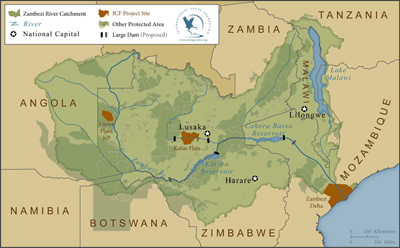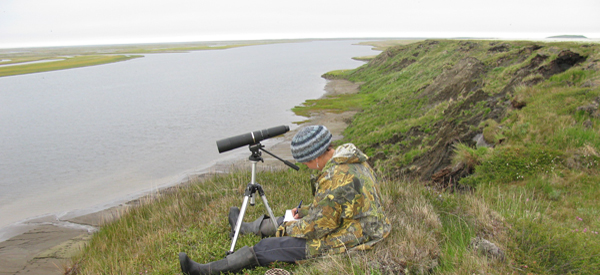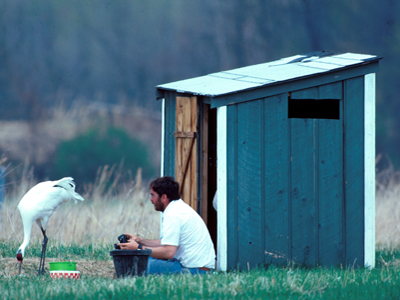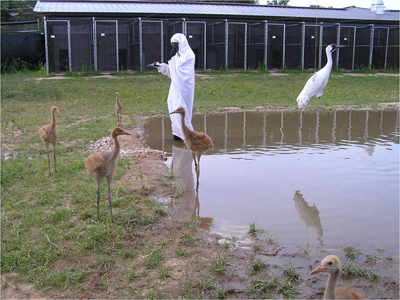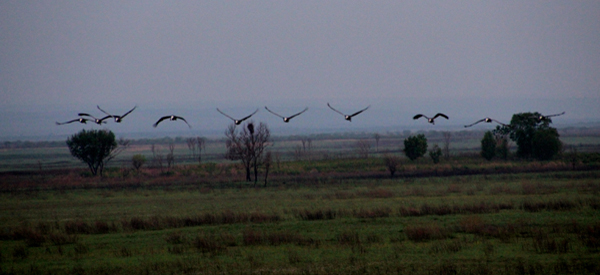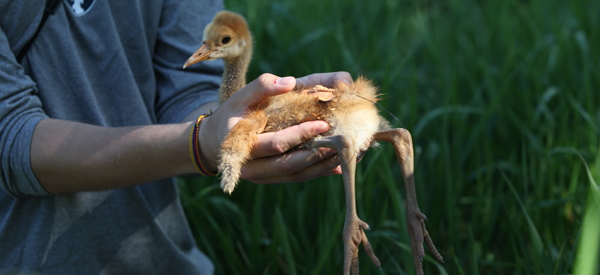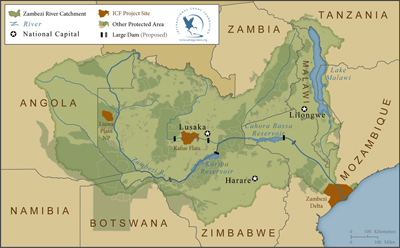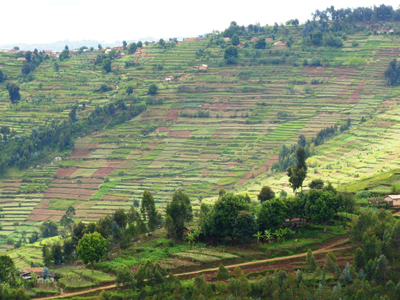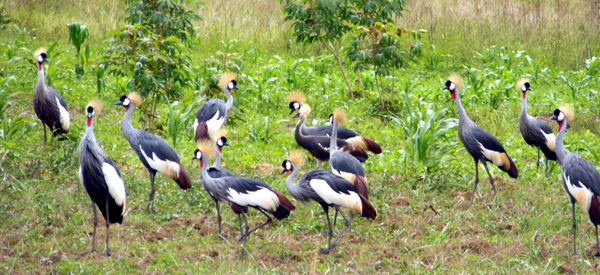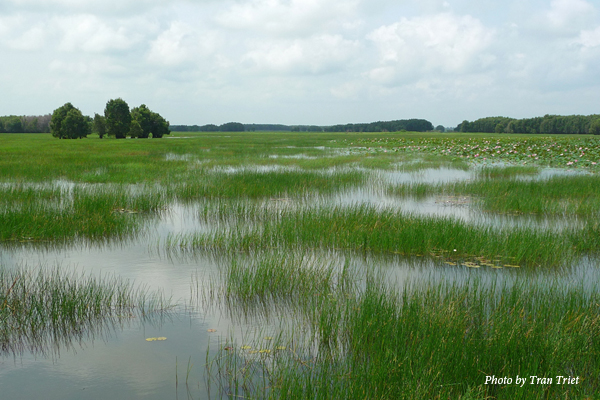 An in-depth study warns that new and proposed dams on Southern Africa’s largest river are ill-prepared to withstand the shocks of a changing climate. The result could be uneconomic dams that under-perform in the face of more extreme drought, and more dangerous dams that have not been designed to handle increasingly damaging floods.
An in-depth study warns that new and proposed dams on Southern Africa’s largest river are ill-prepared to withstand the shocks of a changing climate. The result could be uneconomic dams that under-perform in the face of more extreme drought, and more dangerous dams that have not been designed to handle increasingly damaging floods.
Results for "Дизайн Человека Виктория Джем Рейтинг ТОП 1 Специалист Дизайн Человека Human Design metahd.ru"
Collaboration between US and Russian Scientists Protects Critical Breeding Habitat for Cranes
 At the North American Crane Workshop in 2008, ICF had the pleasure to host our long-term colleague, Inga Bysykatova from the Institute of Biological Problems of the Cryolithozone (IBPC) in Yakutia, Russia. Inga had been studying Sandhill Cranes that migrated from Texas, across Alaska, to breed in the tundra in far eastern Russia.
At the North American Crane Workshop in 2008, ICF had the pleasure to host our long-term colleague, Inga Bysykatova from the Institute of Biological Problems of the Cryolithozone (IBPC) in Yakutia, Russia. Inga had been studying Sandhill Cranes that migrated from Texas, across Alaska, to breed in the tundra in far eastern Russia.
ICF Awarded Museums for America Program Grant
 The International Crane Foundation (ICF) was recently awarded a $71,410 Museums for America Program Grant from the Institute of Museum and Library Services (IMLS) to design and implement a management system for its collection of more than 35,000 digital assets.
The International Crane Foundation (ICF) was recently awarded a $71,410 Museums for America Program Grant from the Institute of Museum and Library Services (IMLS) to design and implement a management system for its collection of more than 35,000 digital assets.
2012 Crane Chick Cam Stars Prepare for Next Stage
 For over eight weeks, the International Crane Foundation (ICF) has broadcast the lives of nine Whooping Crane chicks and their costumed caretakers via our Crane Chick Cam, allowing the public to go behind-the-scenes into the complex world of reintroducing this highly imperiled species in eastern North America.
For over eight weeks, the International Crane Foundation (ICF) has broadcast the lives of nine Whooping Crane chicks and their costumed caretakers via our Crane Chick Cam, allowing the public to go behind-the-scenes into the complex world of reintroducing this highly imperiled species in eastern North America.
Travels in Muraviovka Park
 In early June as the sun peeped over the horizon about 6:00 a.m. to brighten the distant hills of China, White-naped Cranes lifted from the early morning mists that often cover the great marshes of Russia’s Muraviovka Park. They flew silently into the light to reach a last year wheat field on the elevated terrace near the headquarters of the Park, to feed on leftover grain.
In early June as the sun peeped over the horizon about 6:00 a.m. to brighten the distant hills of China, White-naped Cranes lifted from the early morning mists that often cover the great marshes of Russia’s Muraviovka Park. They flew silently into the light to reach a last year wheat field on the elevated terrace near the headquarters of the Park, to feed on leftover grain.
Linking Rural and Suburban Sandhill Cranes
 Since 1990, ICF has banded over 400 Sandhill Cranes in central Wisconsin, one of the densest nesting populations of cranes known anywhere in the world (we annually track around 60 breeding territories in our 6,400 ha study area). The small leg bands and radio transmitters, the latter placed on a select number of cranes, allow our staff to identify and track individual birds – once we can identify individuals, we can follow their movements, form hypotheses about their behaviors, and test these ideas in the field.
Since 1990, ICF has banded over 400 Sandhill Cranes in central Wisconsin, one of the densest nesting populations of cranes known anywhere in the world (we annually track around 60 breeding territories in our 6,400 ha study area). The small leg bands and radio transmitters, the latter placed on a select number of cranes, allow our staff to identify and track individual birds – once we can identify individuals, we can follow their movements, form hypotheses about their behaviors, and test these ideas in the field.
Planning Big for Zambezi River Wetlands
 Zambia is the third leg of my travels in Africa and a perfect final destination. Zambia is truly a wetland paradise, with eight “Wetlands of International Importance” under the Ramsar Convention covering a surface area of nearly 40,000 square kilometers. These include some of the most important wetlands in Africa for cranes.
Zambia is the third leg of my travels in Africa and a perfect final destination. Zambia is truly a wetland paradise, with eight “Wetlands of International Importance” under the Ramsar Convention covering a surface area of nearly 40,000 square kilometers. These include some of the most important wetlands in Africa for cranes.
A New Dawn in Rwanda
 As Kerryn Morrison, ICF’s African Crane Conservation Program Manager, and I drove across the border from Uganda, I was thrilled to experience Rwanda for the first time. Rwanda is the 20th Africa country I have worked in for ICF, and I take joy in learning about the unique cultural, political, and ecological characteristics of each country I visit. Rwanda is no exception.
As Kerryn Morrison, ICF’s African Crane Conservation Program Manager, and I drove across the border from Uganda, I was thrilled to experience Rwanda for the first time. Rwanda is the 20th Africa country I have worked in for ICF, and I take joy in learning about the unique cultural, political, and ecological characteristics of each country I visit. Rwanda is no exception.
Local Communities Protect Crane Wetlands in Uganda
 ICF President Dr. Rich Beilfuss recently returned from a three-week field visit to advance ICF’s Africa Program in three important “crane countries” — Uganda, Rwanda, and Zambia. Following are his field notes from Uganda, detailing the community-based efforts to protect the remaining Grey Crowned Cranes and their habitats in this country.
ICF President Dr. Rich Beilfuss recently returned from a three-week field visit to advance ICF’s Africa Program in three important “crane countries” — Uganda, Rwanda, and Zambia. Following are his field notes from Uganda, detailing the community-based efforts to protect the remaining Grey Crowned Cranes and their habitats in this country.
Sarus Crane Wintering Area Wetland of International Importance
 For more than 25 years, ICF has been deeply involved in the establishment and management of what is now Tram Chim National Park, the largest wetland conservation area in the Mekong River Basin of Southeast Asia. Earlier this year, Tram Chim was designated a Wetland of International Importance through the Ramsar Convention, an international treaty for the conservation and wise use of wetlands.
For more than 25 years, ICF has been deeply involved in the establishment and management of what is now Tram Chim National Park, the largest wetland conservation area in the Mekong River Basin of Southeast Asia. Earlier this year, Tram Chim was designated a Wetland of International Importance through the Ramsar Convention, an international treaty for the conservation and wise use of wetlands.

